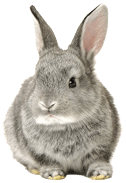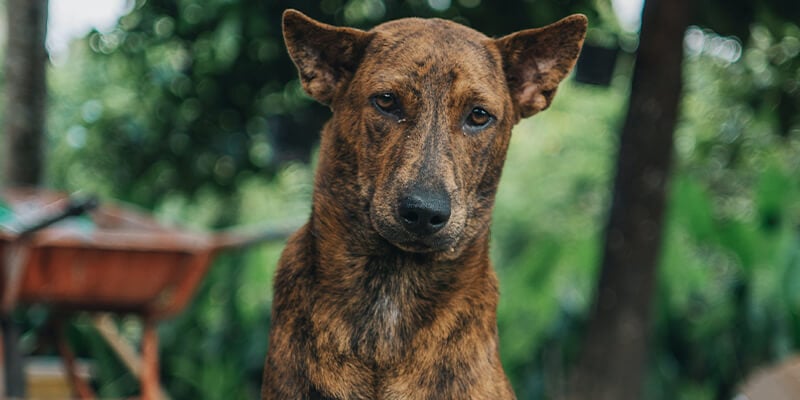Protect Children From Attending Deadly Jallikattu and Animal Sacrifice In Respect Of United Nations Child Rights Committee Guidance, Urges PETA India
In response to the rising human and bull death toll this year and the sight of a young boy in a jallikattu arena in Madurai, where 22-year-old B Naveen Kumar was gored to death by a bull, PETA India fired off a letter to Smt Annpurna Devi, Union Minister of Women and Child Development, urging her to take steps to protect children “from potential direct physical harm at jallikattu events as spectators or as participants, as well as from exposure to violence to animals during animal sacrifice, and where animals are abused for ‘entertainment’, such as in circuses, during races and events in which animals are forced to fight.” Since jallikattu was permitted again in Tamil Nadu in 2017, at least 134 men and children, and 45 bulls have died. On 16 January alone, seven people, including six spectators, died at jallikattu events. In the past few days, three bulls have also died.
PETA India’s letter urged Minister Devi for her leadership in implementing the General Comment No. 26 (2023) on Children’s Rights and the Environment, with a Special Focus on Climate Change published by the Committee on the Rights of the Child which states “children must be protected from all forms of physical and psychological violence and from exposure to violence, such as domestic violence or violence inflicted on animals [emphasis added].” The Committee on the Rights of the Child is responsible for interpreting and monitoring the implementation of the United Nation’s Convention on the Rights of the Child (UNCRC), a legally binding agreement signed by countries that outlines the fundamental rights of every child. India ratified the UNCRC on 11 December 1992 agreeing in principle to all articles, with reservations only on certain practical issues regarding child labour.
PETA India wrote, “Watching sentient animals who have the same capacity to feel pain and suffer as we do, be terrorised or killed is inarguably traumatic and can be psychologically scarring for children, most of whom have a natural empathy for animals, often leading to anxiety, fear, emotional trauma or desensitization to violence.”
PETA India’s letter notes, “This child was also at great risk of injury and could have been killed and is certain to be traumatized by the senseless violence and gruesome death that he likely witnessed.” And that, “Victims of fatal injuries at different jallikattu events in recent years include a 12-year-old and a 14-year-old.” A 2012 review of studies by Eleonora Gullone titled Animal Cruelty, Antisocial Behaviour, and Aggression: More than a Link found children witnessing violence towards animals is one of the prime risk factors for the perpetuation of violent acts in general.
A paper published in Forensic Research & Criminology International Journal explains, “There have been consistent research findings to suggest a strong link between animal cruelty and violence towards people including domestic abuse and child abuse … Animal abusers are more likely to engage in criminal behavior and to be diagnosed as having Antisocial Personality Disorder. Those who engage in animal cruelty were 3 times more likely to commit other crimes, including murder, rape, robbery, assault, harassment, threats, and drug/substance abuse.”
During jallikattu, men gather to chase and bully bulls who are struck and yanked painfully by the ropes threaded through their nostrils and jabbed with weapons. The bulls become so frightened, that they run, often breaking their own bones, or losing their lives, and goring participants and spectators in their attempt to flee.
Also, every year, thousands of animals, including goats, buffaloes, camels, and others, are killed for sacrifice during religious occasions in chaotic and unhygienic conditions by untrained individuals. These acts often take place in places of worship or on the street, and in full public view, including in front of children of all ages. The methods of slaughter are exceptionally brutal, involving practices such as beheading, neck-twisting, stabbing with sharp instruments, crushing, biting, and slitting throats—all while the animals are fully conscious, causing immense suffering.
Meanwhile, animal circuses force animals to perform through weapon use and other punishment; and dogs, roosters and other animals forced to fight end up severely injured or dead.
How To Report Cruelty to Animals Tweet to The Ministry of Women and Child Development Sharing Your Concerns






